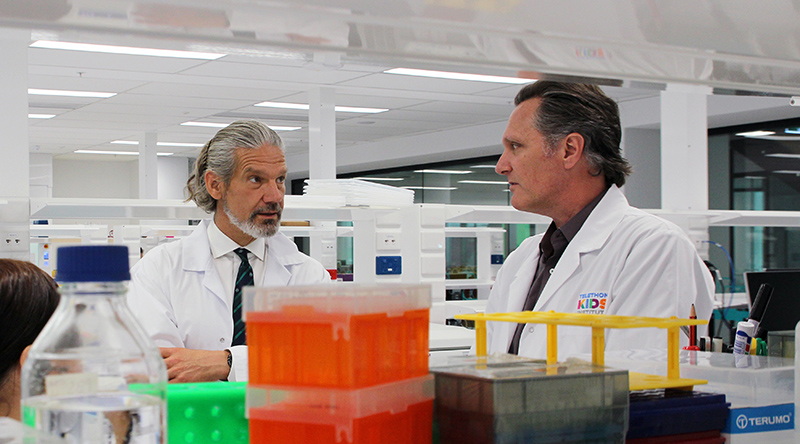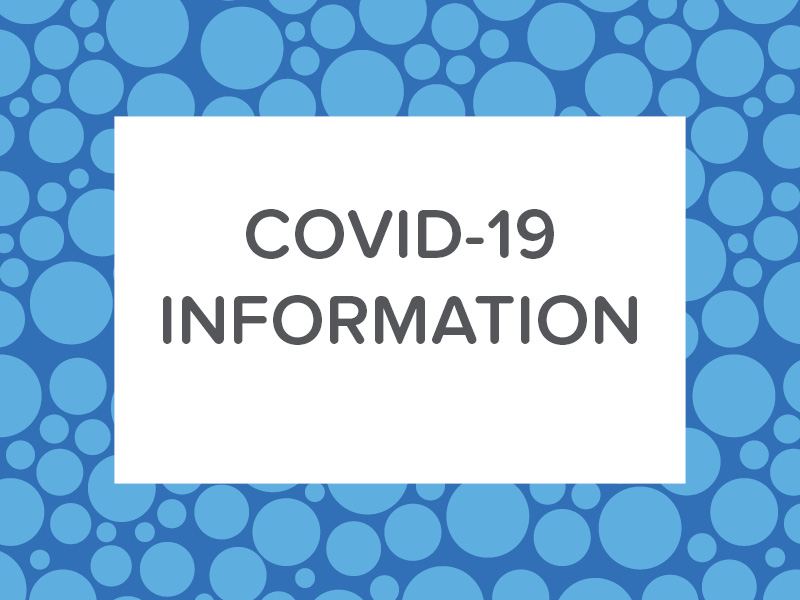Search
Research
Pediatric Airway Management in Times of COVID-19-a Review of the Evidence and ControversiesThis review summarizes and provides a comprehensive narrative synthesis of the current evidence on pediatric airway management during the COVID-19 pandemic.
Research
Lessons learnt during the COVID-19 pandemic: Why Australian schools should be prioritised to stay openIn 2020, school and early childhood educational centre (ECEC) closures affected over 1.5 billion school-aged children globally as part of the COVID-19 pandemic response. Attendance at school and access to ECEC is critical to a child's learning, well-being and health. School closures increase inequities by disproportionately affecting vulnerable children. Here, we summarise the role of children and adolescents in Severe Acute Respiratory Syndrome Coronavirus 2 (SARS-CoV-2) transmission and that of schools and ECECs in community transmission and describe the Australian experience.
Research
A survey of the global impact of COVID-19 on the practice of pediatric anesthesia: A study from the pediatric anesthesia COVID-19 Collaborative GroupPediatric anesthesiology has been greatly impacted by COVID-19 in the delivery of care to patients and to the individual providers. With this study, we sought to survey pediatric centers and highlight the variations in care related to perioperative medicine during the COVID-19 pandemic, including the availability of protective equipment, the practice of pediatric anesthesia, and economic impact.
Research
Never Let a Crisis Go to Waste: Opportunities to Reduce Social Disadvantage from COVID‐19This article identifies and examines a range of policy reform opportunities in Australia arising from COVID-19. The authors demonstrate how COVID-19 presents unique opportunities for rethinking and redesigning long-standing rules and regulations covering how people live and work in Australia.
Research
“Coronavirus Changed the Rules on Everything”: Parent Perspectives on How the COVID‐19 Pandemic Influenced Family Routines, Relationships and Technology Use in Families with InfantsThis study explores how the first wave of the COVID‐19 pandemic influenced family routines, relationships and technology use (smartphones and tablet computers) among families with infants. Infancy is known to be an important period for attachment security and future child development, and a time of being susceptible to changes within and outside of the family unit.
Research
Does a major change to a COVID-19 vaccine program alter vaccine intention? A qualitative investigationOn 8th April 2021, the Australian Technical Advisory Group on Immunisation (ATAGI) made the Pfizer-BioNtech (Comirnaty) vaccine the “preferred” vaccine for adults in Australia aged < 50 years due to a risk of thrombosis with thrombocytopenia syndrome (TTS) following AstraZeneca vaccination. We sought to understand whether this impacted COVID-19 vaccine intentions.
Research
Perspectives of patients, family members, health professionals and the public on the impact of COVID-19 on mental healthThe coronavirus (COVID-19) pandemic has seen a global surge in anxiety, depression, post-traumatic stress disorder (PTSD), and stress. Aims: This study aimed to describe the perspectives of patients with COVID-19, their family, health professionals, and the general public on the impact of COVID-19 on mental health.

News & Events
BHP commits $2.6 million to research focused on stopping COVID-19 spreadResearchers from The Kids Research Institute Australia will lead a world first trial to test the effectiveness of the drug interferon in stopping outbreaks of COVID-19 by reducing the infectiousness of people who contract the virus.

News & Events
COVID-19 informationThe situation with COVID-19 is constantly evolving, and there is an extraordinary amount of information circulating which can be both overwhelming and difficult to navigate.

News & Events
What parents should know about coronavirusSchools are issuing restrictions around attendance after travel overseas due to coronavirus. Here's how to prepare your kids against the spread of infectious disease on their return to school.
